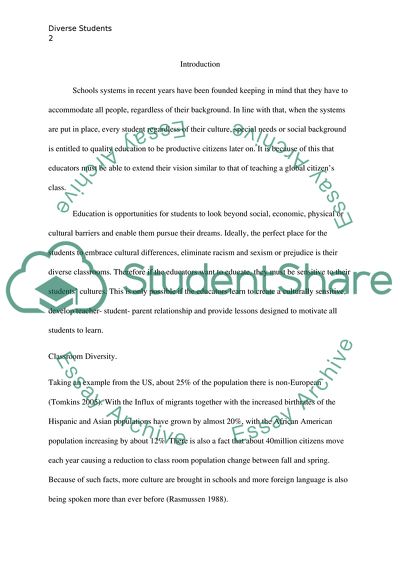Cite this document
(Education: Diverse Learners Coursework Example | Topics and Well Written Essays - 1250 words, n.d.)
Education: Diverse Learners Coursework Example | Topics and Well Written Essays - 1250 words. https://studentshare.org/education/1823224-diverse-learners
Education: Diverse Learners Coursework Example | Topics and Well Written Essays - 1250 words. https://studentshare.org/education/1823224-diverse-learners
(Education: Diverse Learners Coursework Example | Topics and Well Written Essays - 1250 Words)
Education: Diverse Learners Coursework Example | Topics and Well Written Essays - 1250 Words. https://studentshare.org/education/1823224-diverse-learners.
Education: Diverse Learners Coursework Example | Topics and Well Written Essays - 1250 Words. https://studentshare.org/education/1823224-diverse-learners.
“Education: Diverse Learners Coursework Example | Topics and Well Written Essays - 1250 Words”. https://studentshare.org/education/1823224-diverse-learners.


